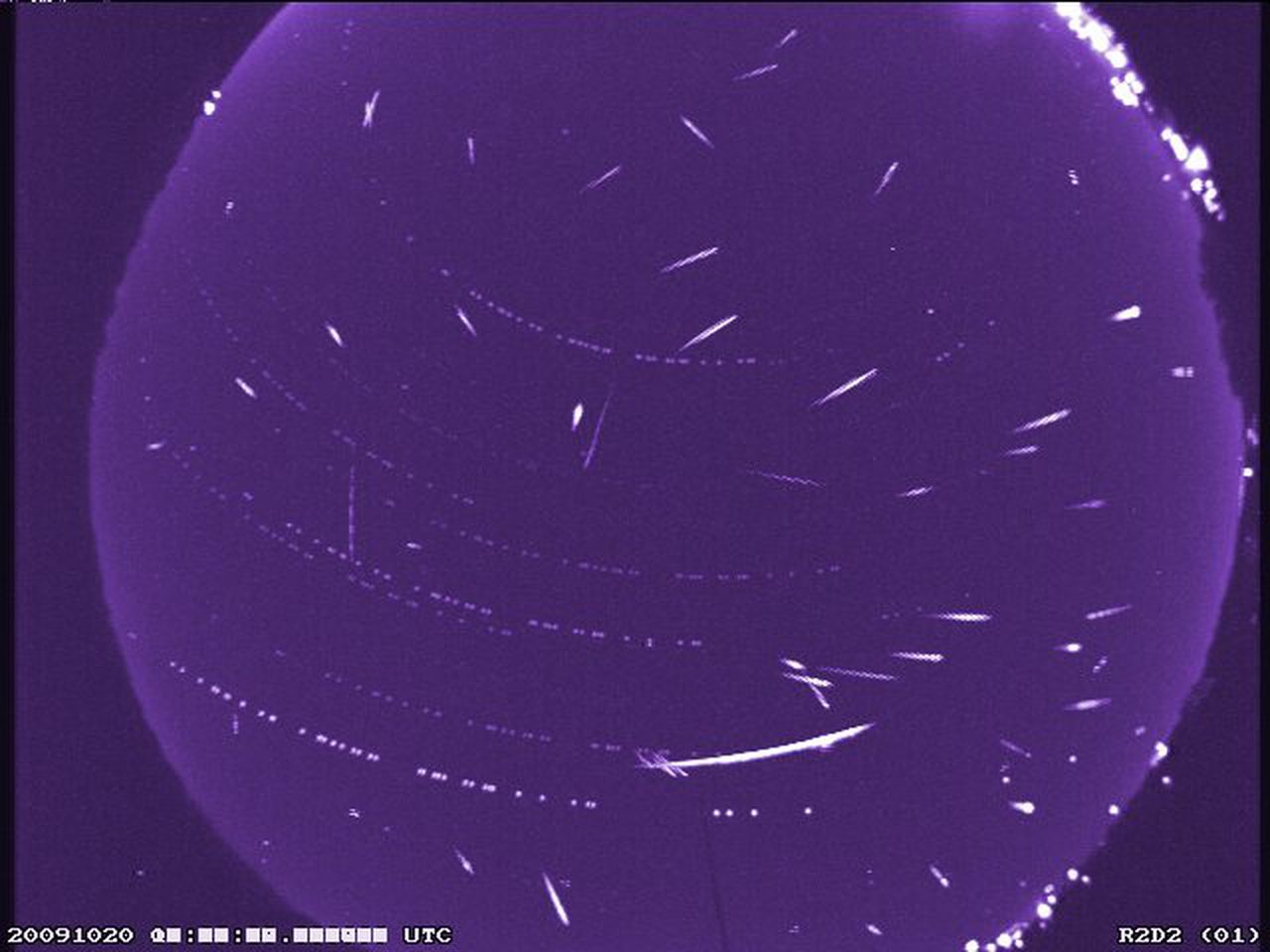Orionid meteor shower peak: Best time, places to see shooting stars this week
We’re almost to the peak of the Orionid meteor shower and, with a little planning, you just might catch a glimpse of a bright fireball streaking through the sky.
The Orionid meteor shower will peak on Oct. 22, though plenty of meteors will be visible both before and after that day. You can watch for Orionid meteors on both the morning of Oct. 21 and early Oct. 22 after midnight and in the hours before dawn, EarthSky.org reported. Meteors will be visible through Nov. 22.
Under a dark sky with no moon, EarthSky predicts you can see as many as 20 meteors per hour this year.
The Orionids are considered one of the most beautiful showers of the year and its meteors are known for their brightness and speed. As NASA points out, the meteors are fast – traveling at about 148,000 mph. The fast meteors can also leave glowing “trains” – incandescent bits of debris in the wake of the meteor – that make the show even more exciting.
Meteor showers are created when pieces of space debris interact with our atmosphere. In the case of the Orionids, the debris is created by the Halley’s Comet. Each time Halley returns to the inner solar system its nucleus sheds ice and rocky dust into space, NASA said, with that dust eventually becoming the Orionids in October and the Eta Aquarids in May.
Halley’s Comet takes about 76 years to orbit the sun. It made its last appearance to casual observers in 1986 but won’t return to the inner solar system again until 2061.
How to see the Orionids
The radiant for the Orionids – the point in the sky from which the meteors appear to come – is the constellation Orion but you should let your eyes take in the entire sky for your best chance to see the meteors. NASA said it’s actually better to view the Orionids from 45 to 90 degrees away from the radiant, the place in which the fireballs will appear longer and more spectacular.
You should find an area well away from the city or street lights and come prepared with a sleeping bag, blanket or lawn chair, NASA recommends. Lie flat on your back with your feet facing the southeast and look up to take in as much of the sky as possible. It will take about 30 minutes for your eyes to adapt to the dark and give you the best chance to see meteors.
And stay off your phone. The light from digital devices can make it harder for your eyes to adapt to the dark.
